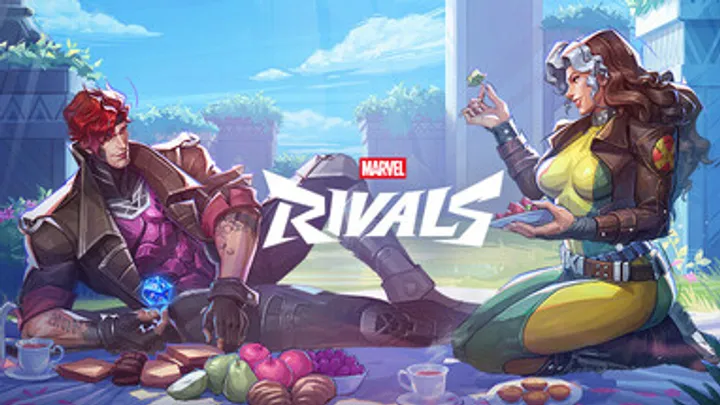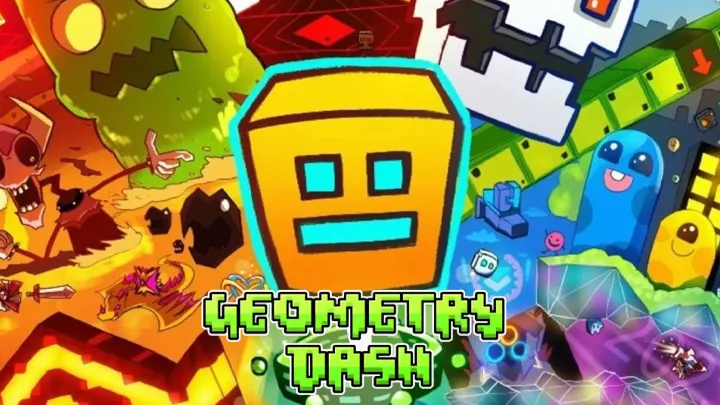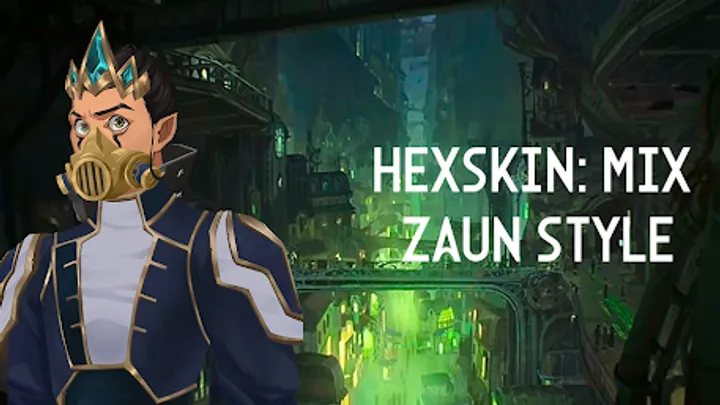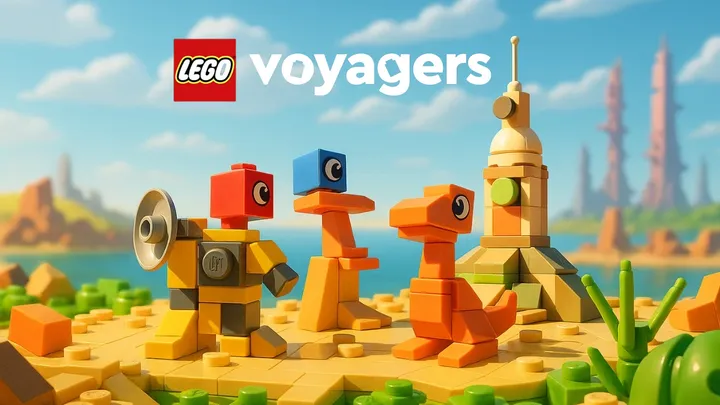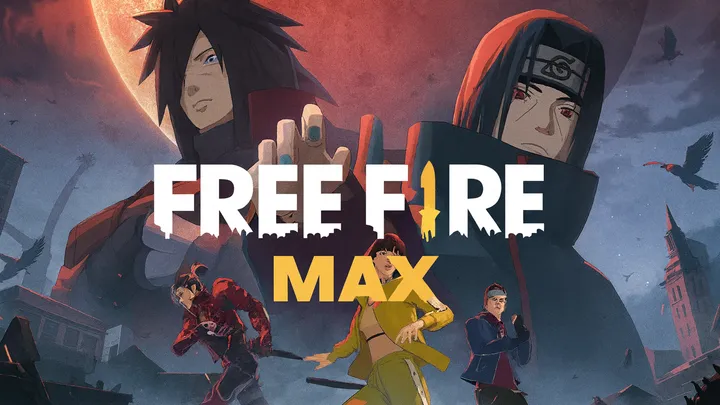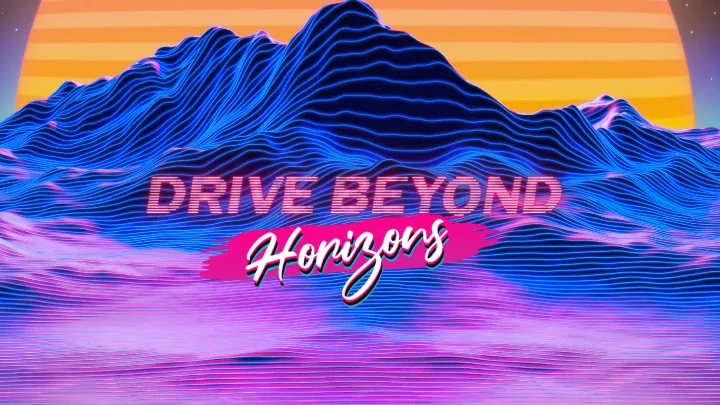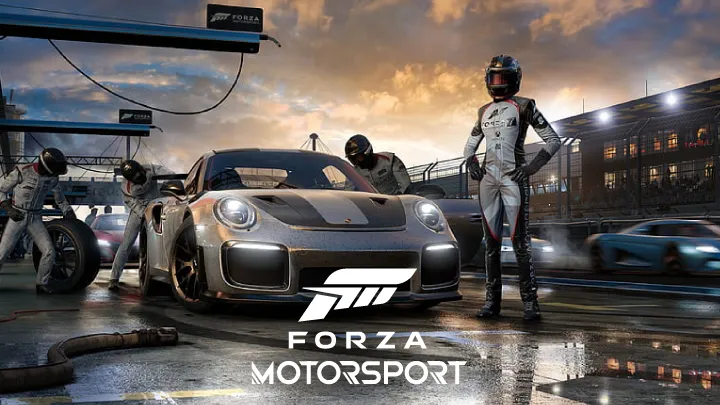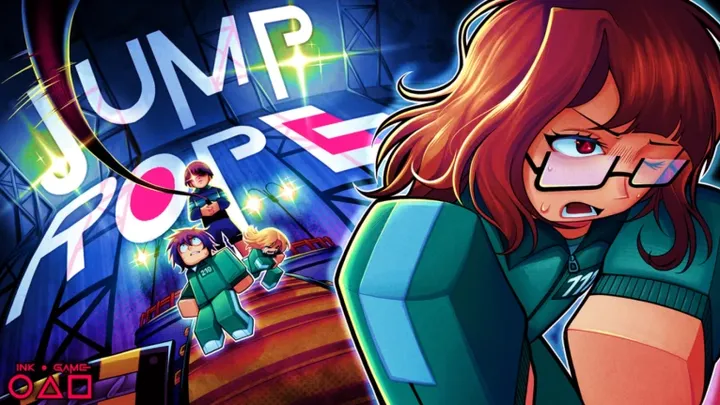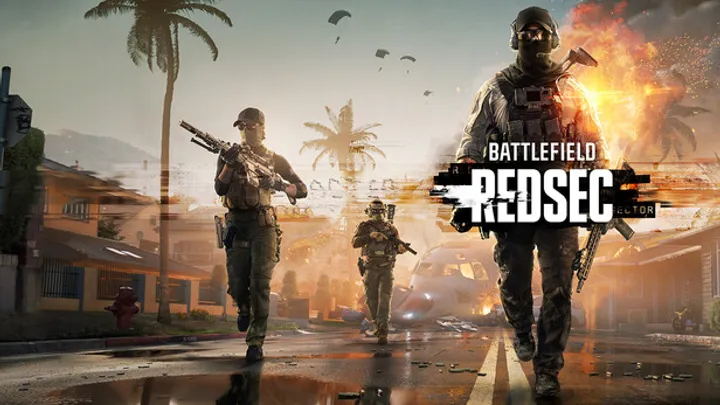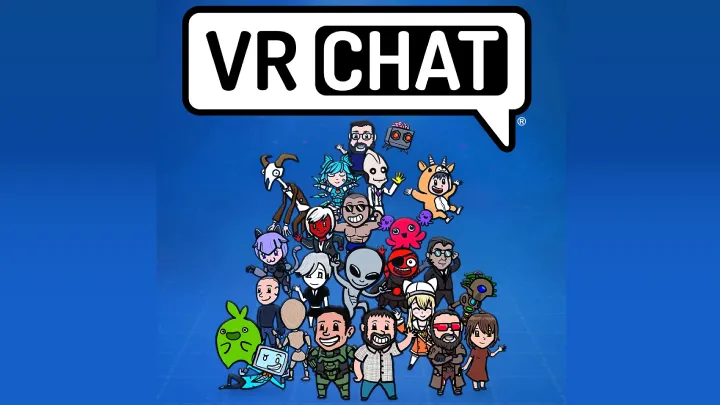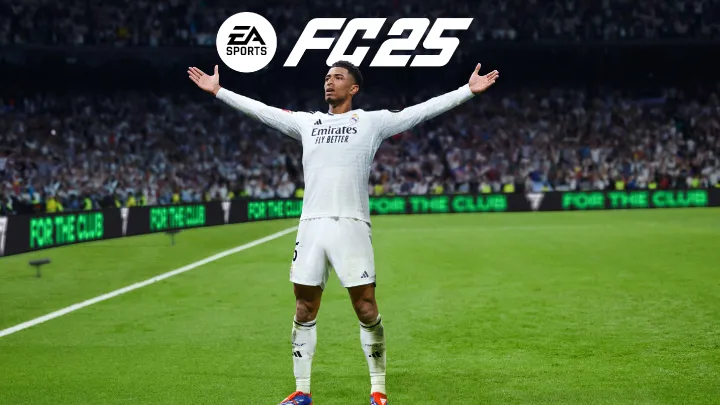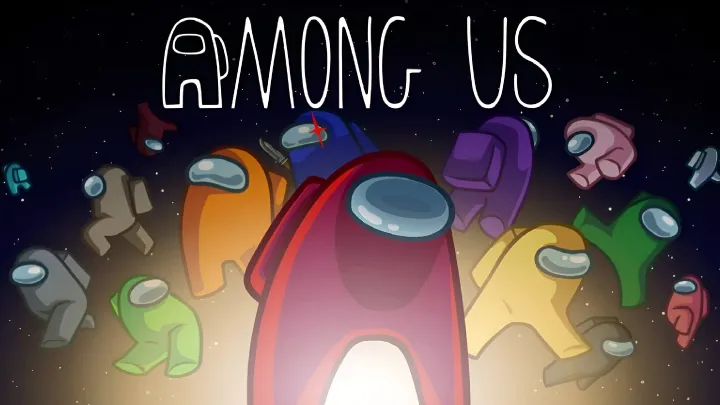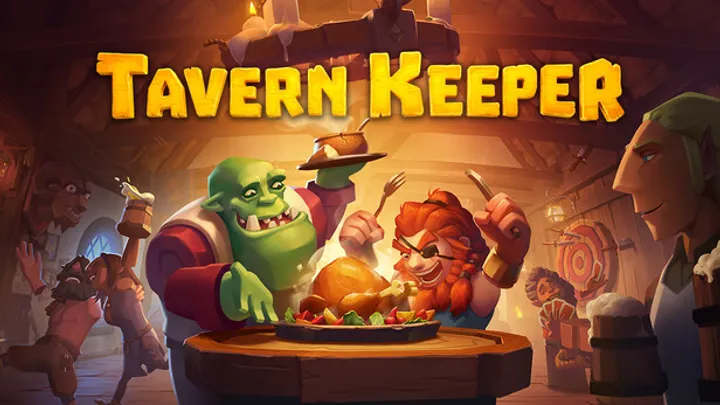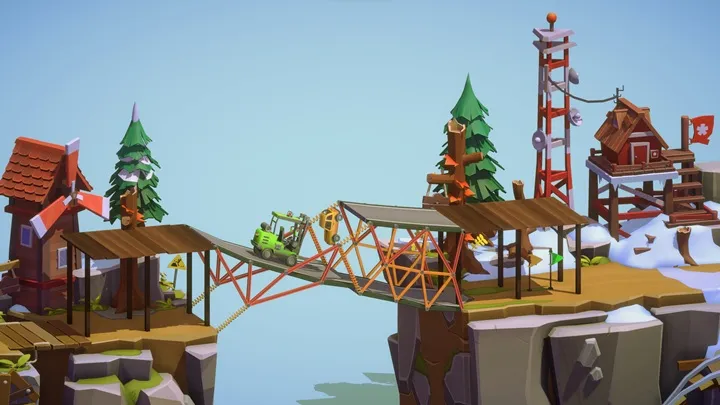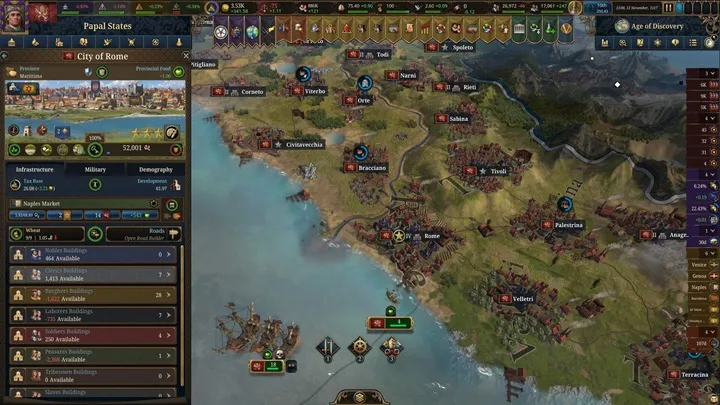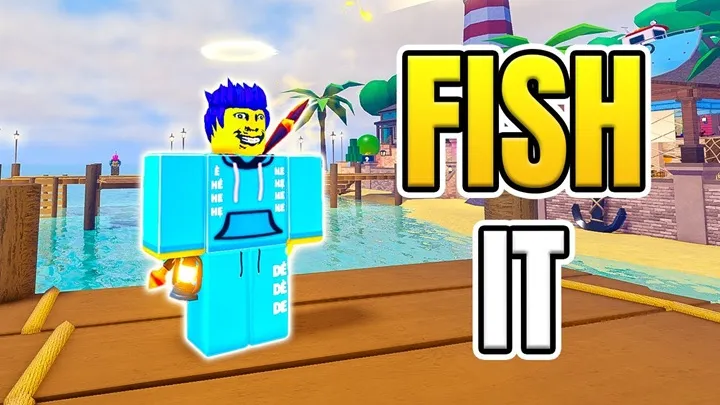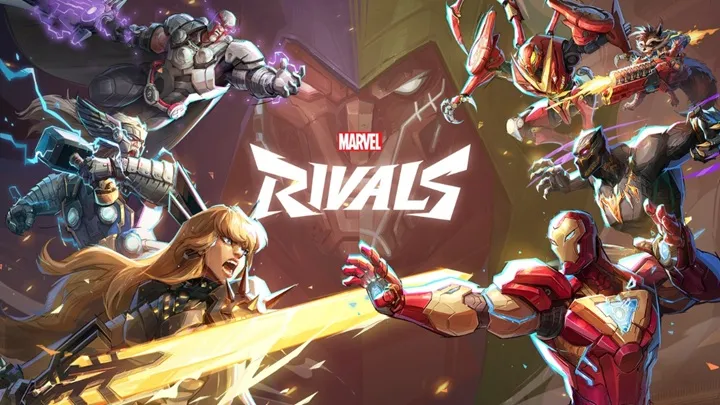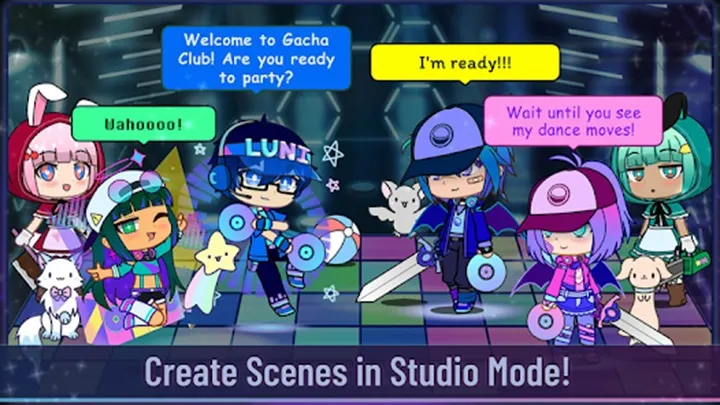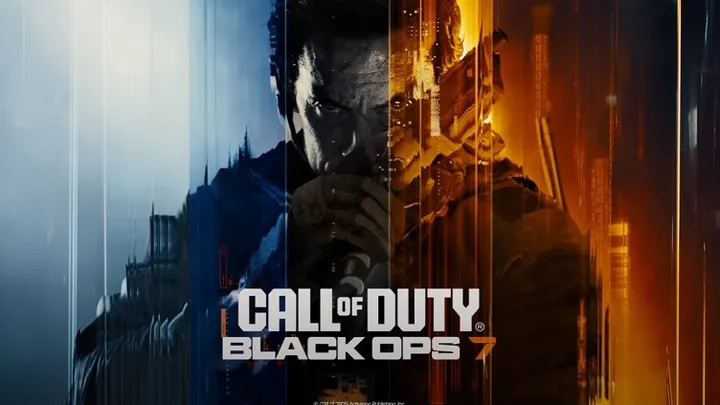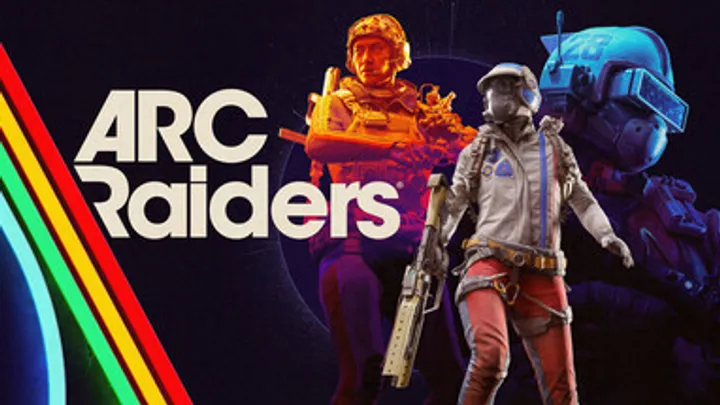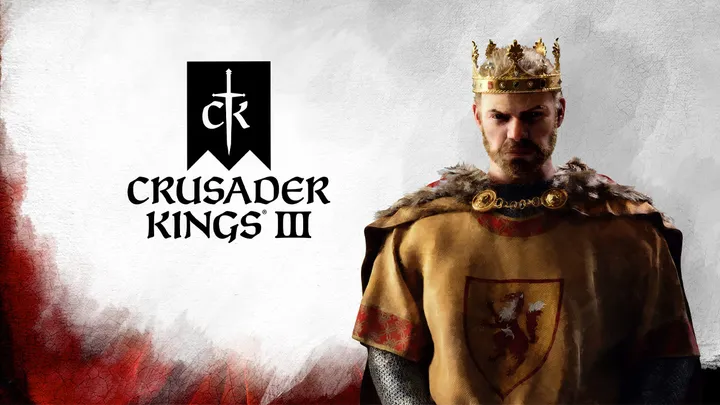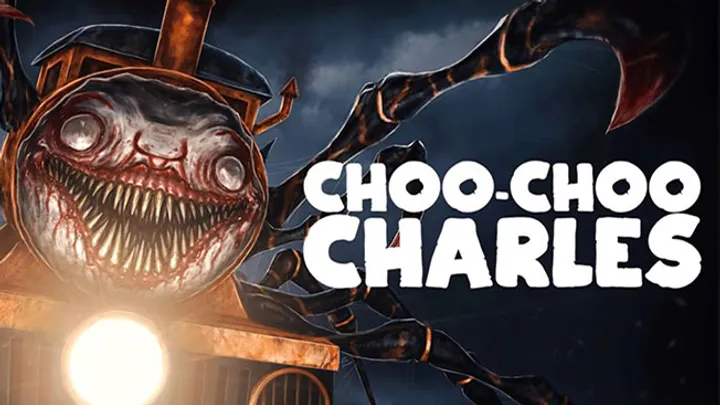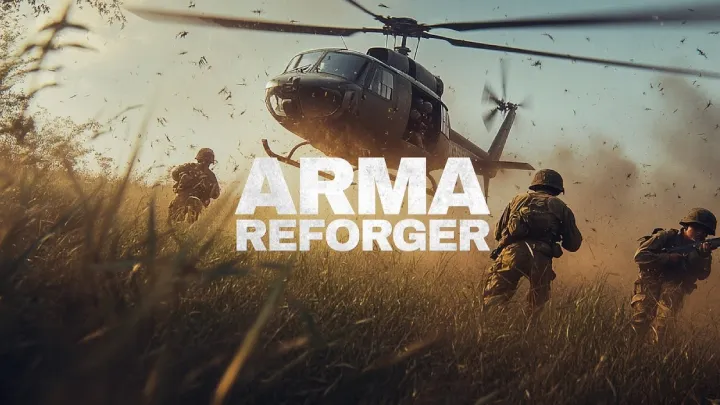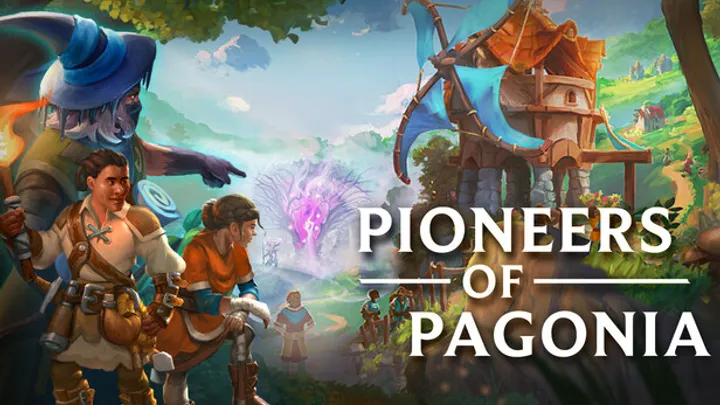Introduction
Marvel Rivals is a strategic card game that immerses players in the expansive universe of Marvel Comics, allowing them to build decks featuring iconic heroes and villains while engaging in tactical battles. Developed by a team passionate about both card games and the Marvel franchise, Marvel Rivals combines beloved characters, intricate gameplay mechanics, and a layer of strategy that is designed to appeal to both casual players and seasoned card game veterans.
Since its launch, the game has garnered attention for its unique approach to the card game genre, drawing players into dynamic battles where strategy and clever card play determine victory. This review will delve into the gameplay mechanics, visual and audio design, narrative elements, community engagement, and the all-important strengths and weaknesses of Marvel Rivals.
Core Gameplay Mechanics
Game Structure
At its heart, Marvel Rivals is a turn-based tactical card game where players select heroes or villains to create a custom deck. The objective is to defeat your opponent by strategically playing cards that reflect the abilities and characteristics of the chosen characters.
- Deck Building:
- Players customize their decks by selecting a combination of characters, abilities, and items. Each character has unique abilities that can influence the overall strategy.
- The deck-building mechanic encourages players to think critically about their choices, fostering creativity and strategic thinking.
- Turn-Based Combat:
- Matches are played in a turn-based format, with each player taking turns to play cards, attack, and defend. This system allows for careful planning and strategic execution, as players must anticipate their opponent's moves.
- The combat mechanics are straightforward yet deep, allowing for complex interactions between cards and abilities.
- Card Types:
- Marvel Rivals features various card types, including hero cards, ability cards, and item cards. Players can use these cards to attack, defense, or apply special effects.
- The synergy between cards is crucial, and building a deck that complements the abilities of your characters can lead to powerful combos.
Unique Features
- Iconic Characters:
- The game features a roster of beloved Marvel characters, each with distinct abilities that reflect their comic book personas. Popular figures like Spider-Man, Iron Man, and Thanos add excitement for long-time fans of the franchise.
- Asymmetric Gameplay:
- Players can choose different characters from opposing factions, leading to asymmetric matchups that feel fresh each time. The contrast between heroes and villains creates unique interactions and strategies.
- Event Cards:
- Special event cards can be included in games, introducing unexpected twists and turns that can impact the battlefield dramatically. These events require players to adapt their strategies on the fly.
Visuals and Art Style
Graphics
Marvel Rivals boasts a vibrant and stylish visual design that pays homage to the comic book aesthetics:
- Comic Book Art Style:
- The art direction focuses on bright colors and dynamic illustrations that evoke the feel of classic comic books. Each character is portrayed with a level of detail and flair that reflects their iconic appearances.
- Card Design:
- The cards are designed with easy-to-read text and visually appealing layouts, making it simple for players to grasp the mechanics of each card at a glance. The art and effects on the cards enhance immersion and excitement.
User Experience
The user interface is intuitive, with a straightforward layout that places important game elements at the forefront. Players can access their decks, view active abilities, and manage resources seamlessly, allowing for a smooth gaming experience.
Audio Design
Soundtrack and Effects
Audio plays an essential role in enriching the overall experience of Marvel Rivals:
- Dynamic Soundtrack:
- The soundtrack combines heroic themes and adrenaline-pumping scores that capture the spirit of the Marvel universe. Music enhances the tension during intense moments while creating an immersive atmosphere.
- Sound Effects:
- Well-crafted sound effects accompany card plays, attacks, and special abilities. These effects heighten the excitement of battles and contribute to the overall immersion within the game.
Narrative Depth
Storyline and Themes
While Marvel Rivals primarily focuses on gameplay, it incorporates elements of storytelling through its characters and interactions:
- Character Backstories:
- Each hero and villain has a rich backstory inspired by the comics, providing context for their abilities and motivations. This lore creates an emotional connection for players as they engage with their favorites.
- Conflict Between Heroes and Villains:
- The ongoing struggle between heroes and villains reflects classic themes of good versus evil, sparking players' imaginations and making battles feel significant.
Lore Integration
The integration of Marvel lore is a highlight, with characters interacting in ways that evoke classic comic book narratives. The game’s design encourages players to explore these connections, deepening their engagement with the Marvel universe.
Competitive Scene
Online Play and Rankings
Marvel Rivals features various online play options:
- Ranked Matches:
- Players can compete in ranked matches, allowing them to test their skills against others and climb the leaderboards. This competitive aspect encourages continuous improvement and strategic refinement.
- Casual Play:
- For those who prefer a more relaxed experience, casual matches provide an opportunity to experiment with different decks and strategies without the pressure of ranking.
Community Engagement
- Player Base:
- The Marvel Rivals community is vibrant, with players sharing strategies, deck builds, and gameplay experiences across various platforms like forums and social media.
- Content Creation:
- Streamers and content creators contribute to community growth by showcasing matchups, strategies, and character highlights, enhancing engagement and visibility for the game.
- Events and Tournaments:
- Periodic events and community tournaments create opportunities for players to engage with the game competitively, fostering a sense of rivalry and camaraderie.
Strengths and Weaknesses
Strengths
- Engaging Gameplay Mechanics: The combination of deck-building, tactical combat, and character abilities creates a compelling and strategic experience.
- Iconic Characters: The inclusion of beloved Marvel heroes and villains adds depth and excitement, drawing fans into the gameplay.
- Visually Appealing Design: The comic book art style and well-designed cards enhance the overall aesthetic experience.
- Dynamic Community Engagement: A vibrant player base and active community contribute to continuous engagement, content, and excitement.
- Flexible Play Options: Ranked and casual modes cater to different player preferences, allowing for varied competitive experiences.
Weaknesses
- Steep Learning Curve: New players may find the mechanics complex and challenging to master, which could deter potential fans.
- Repetitive Gameplay: While the cards are varied, some players might find specific strategies or deck builds becoming repetitive over time.
- Balancing Issues: Ongoing balancing of characters and cards may pose challenges for competitive integrity, requiring patches and adjustments.
- Content Accessibility: Certain characters or cards may be harder to obtain, potentially limiting player experience without a significant time investment.
- Limited Narrative Depth: While lore exists, the game is primarily focused on gameplay, which may leave players wanting more in terms of story-driven content.
Future Prospects
Updates and Expansions
Developers are likely to focus on regular updates that include new characters, cards, and balanced gameplay:
- New Content: The introduction of hero expansions, special event cards, and rotating game modes could keep gameplay fresh and engaging.
- Balancing and Refinements: Ongoing adjustments to gameplay mechanics, card interactions, and character abilities are essential for maintaining a competitive environment.
Community-Driven Initiatives
Encouraging community-driven events, such as tournaments or fan art competitions, could further enhance engagement and foster creativity within the player base.
Conclusion
Marvel Rivals presents an engaging and strategic card game experience that skillfully combines beloved characters with dynamic gameplay mechanics. The game excels in offering players the chance to create unique decks and engage in tactical battles while exploring the rich lore of the Marvel universe.
Final Thoughts
In summary, Marvel Rivals is a must-play for fans of card games and the Marvel franchise alike. Despite challenges such as steep learning curves and potential repetitiveness, its strengths in gameplay depth, character diversity, and community engagement make it a noteworthy addition to the genre. Prepare to dive into a world where strategy, tactics, and iconic heroes collide, ensuring that your journey through the Marvel universe is both thrilling and rewarding!














































